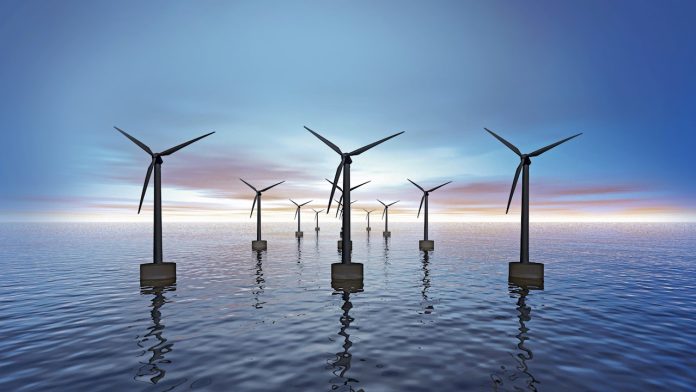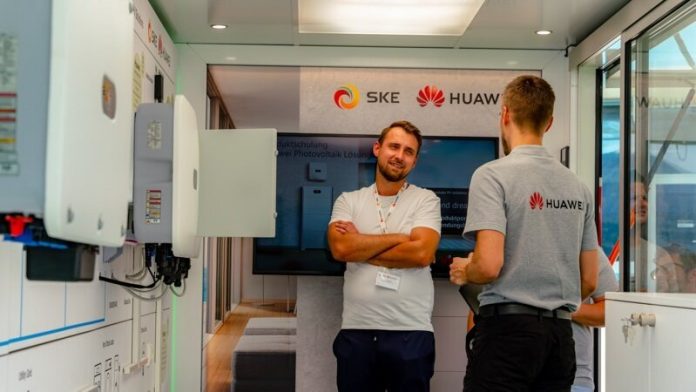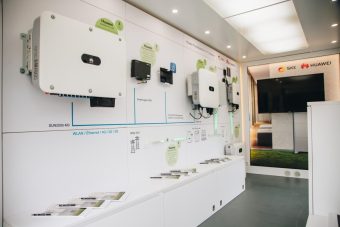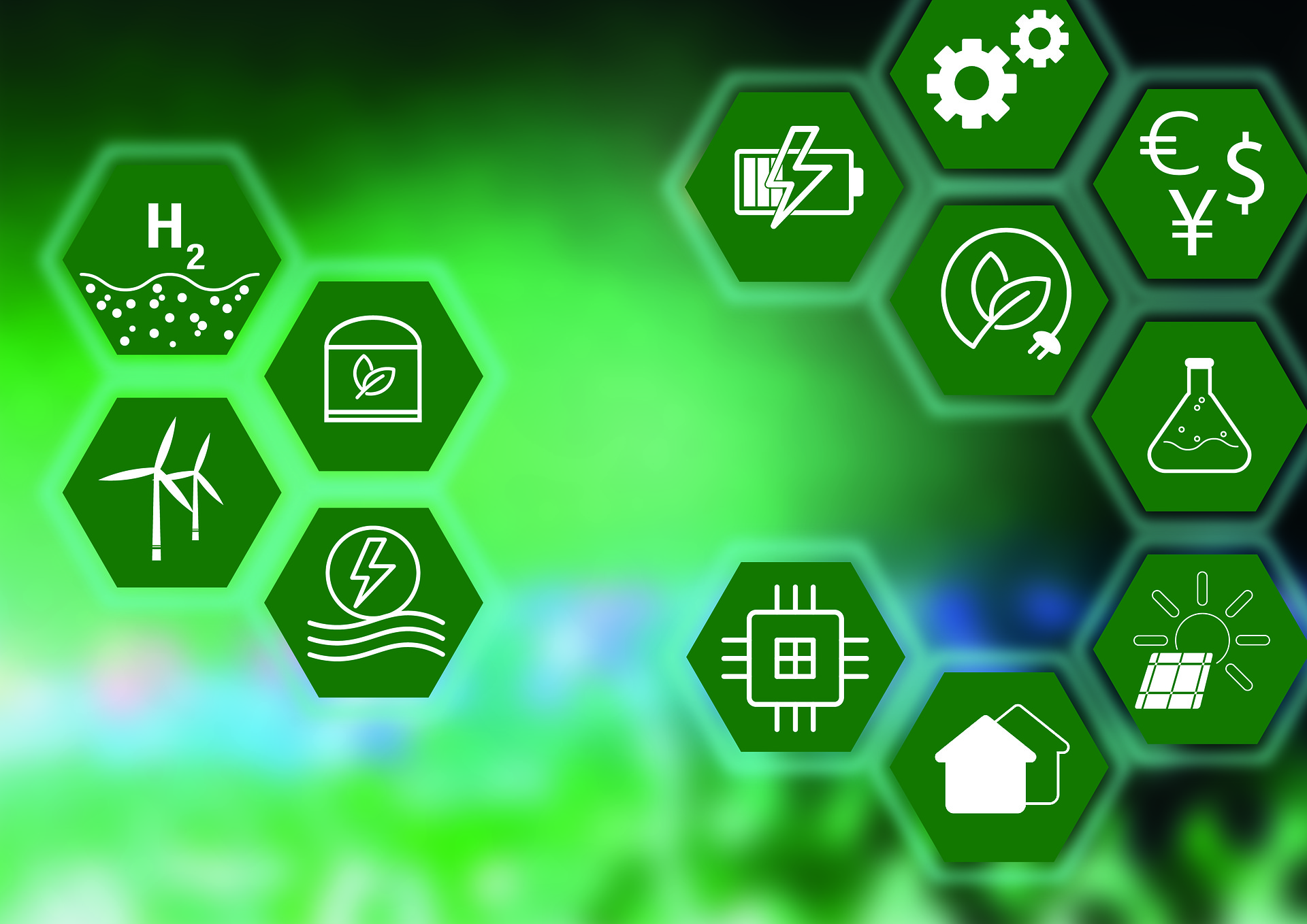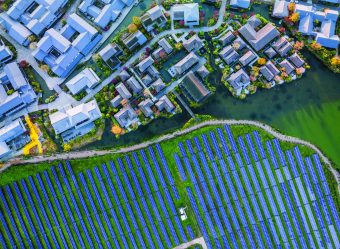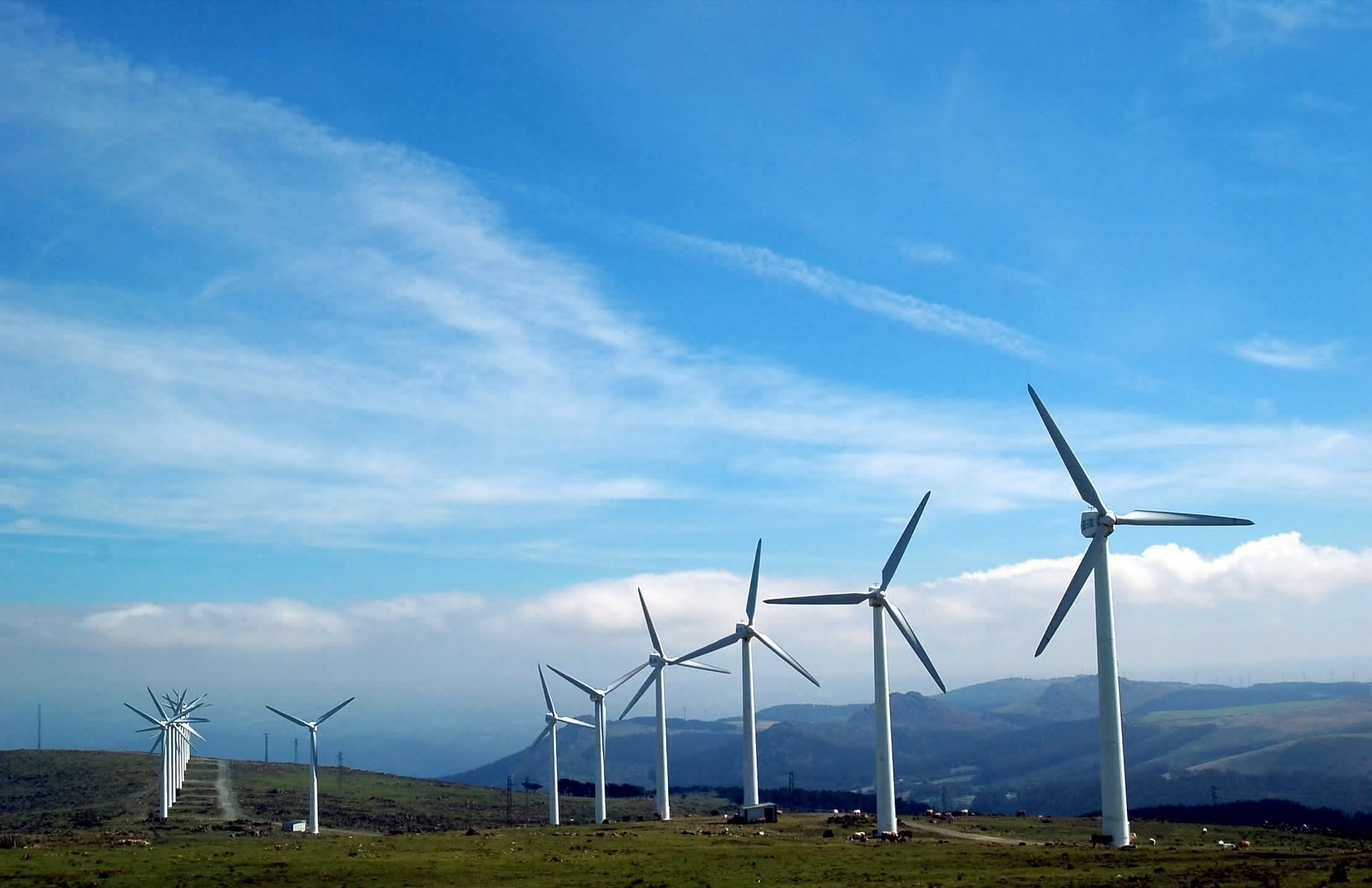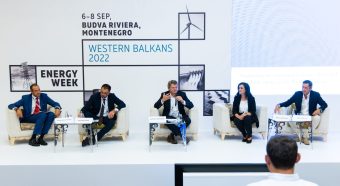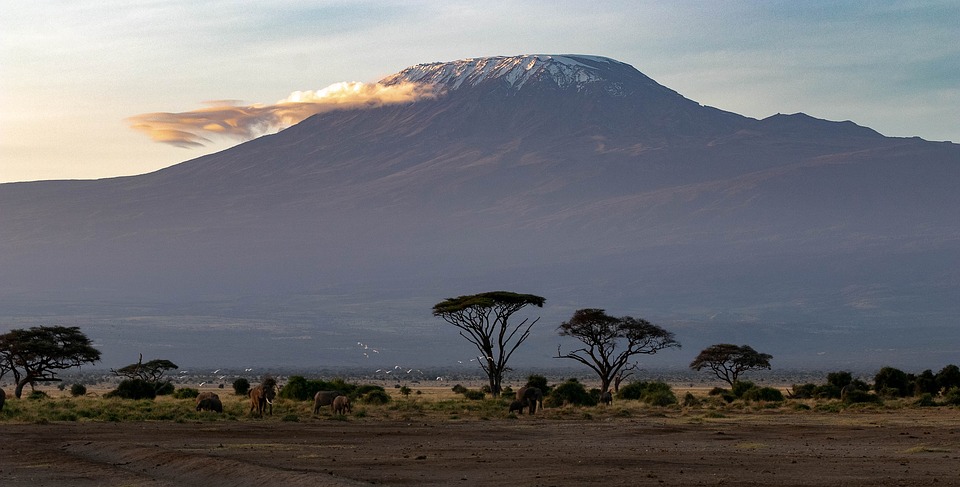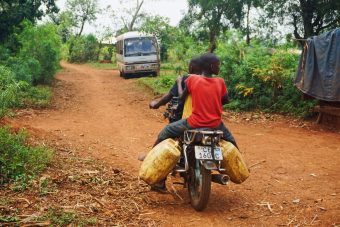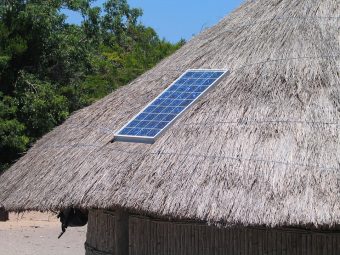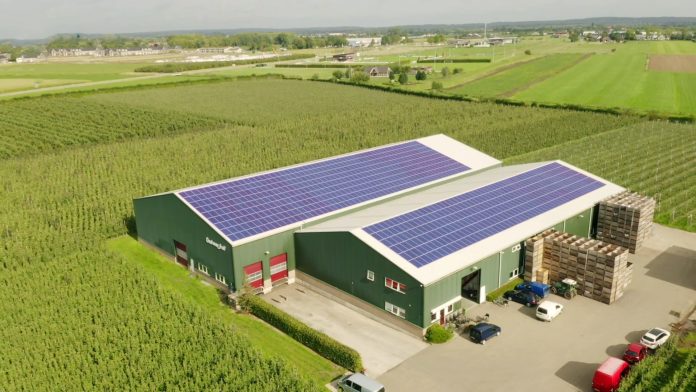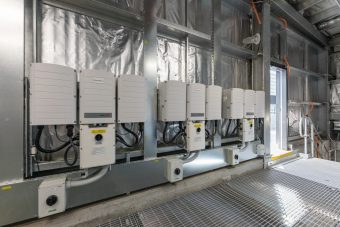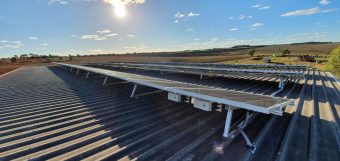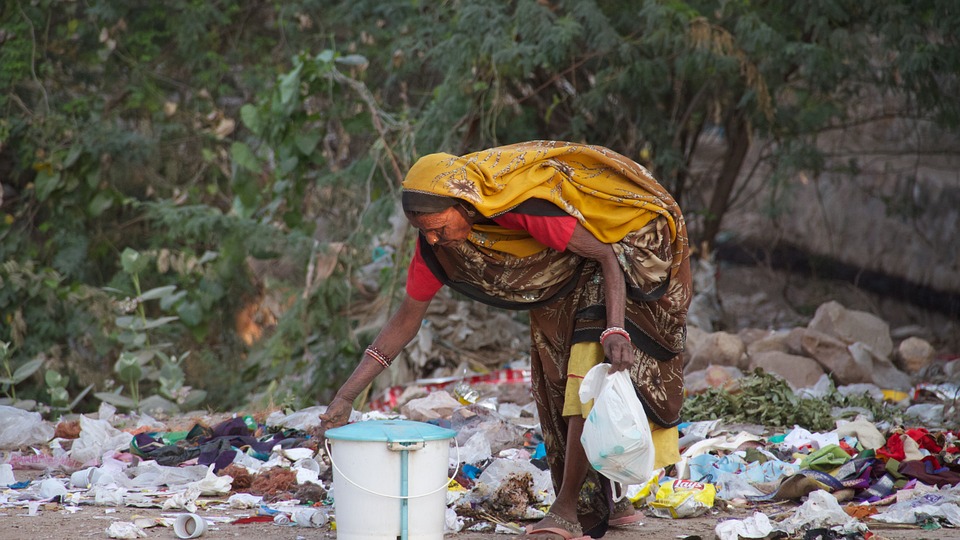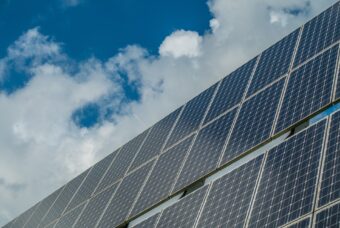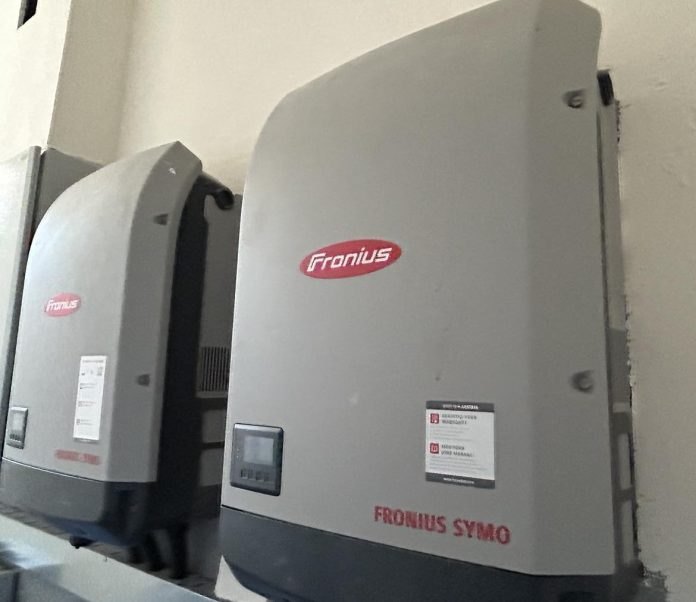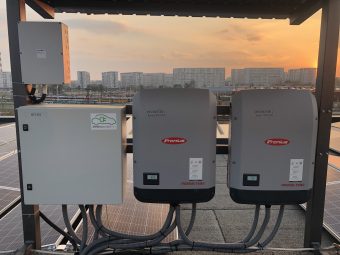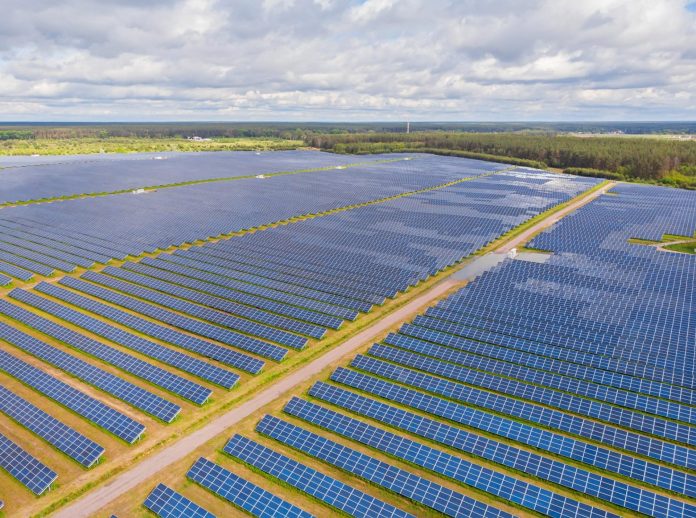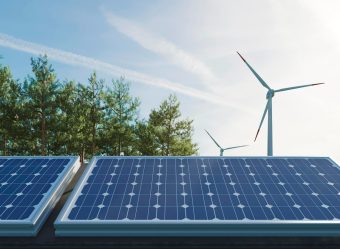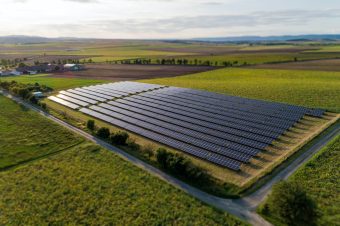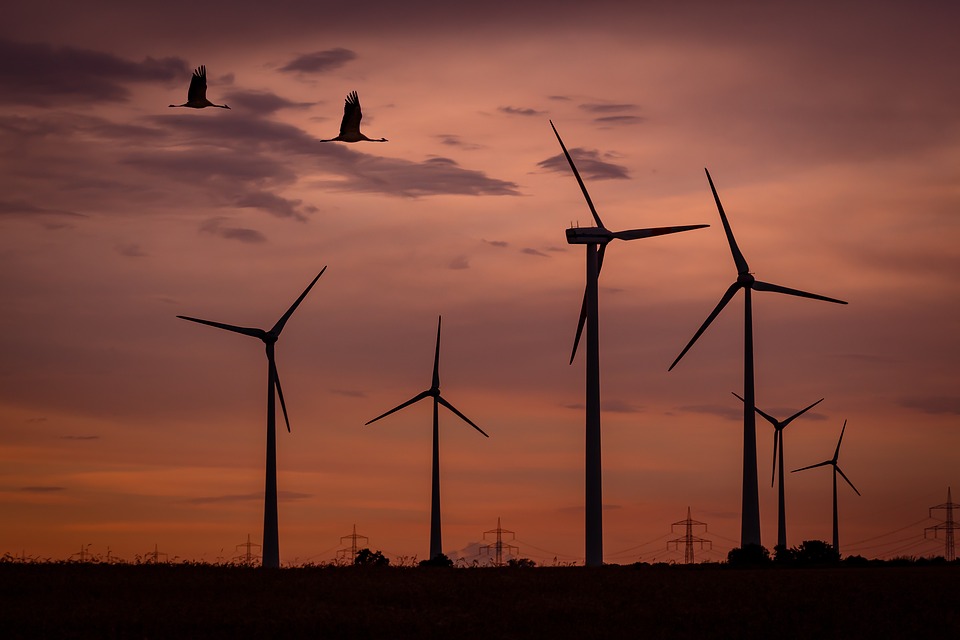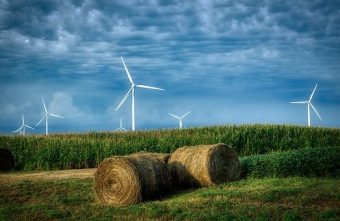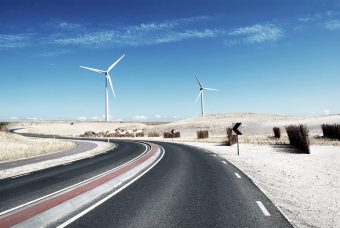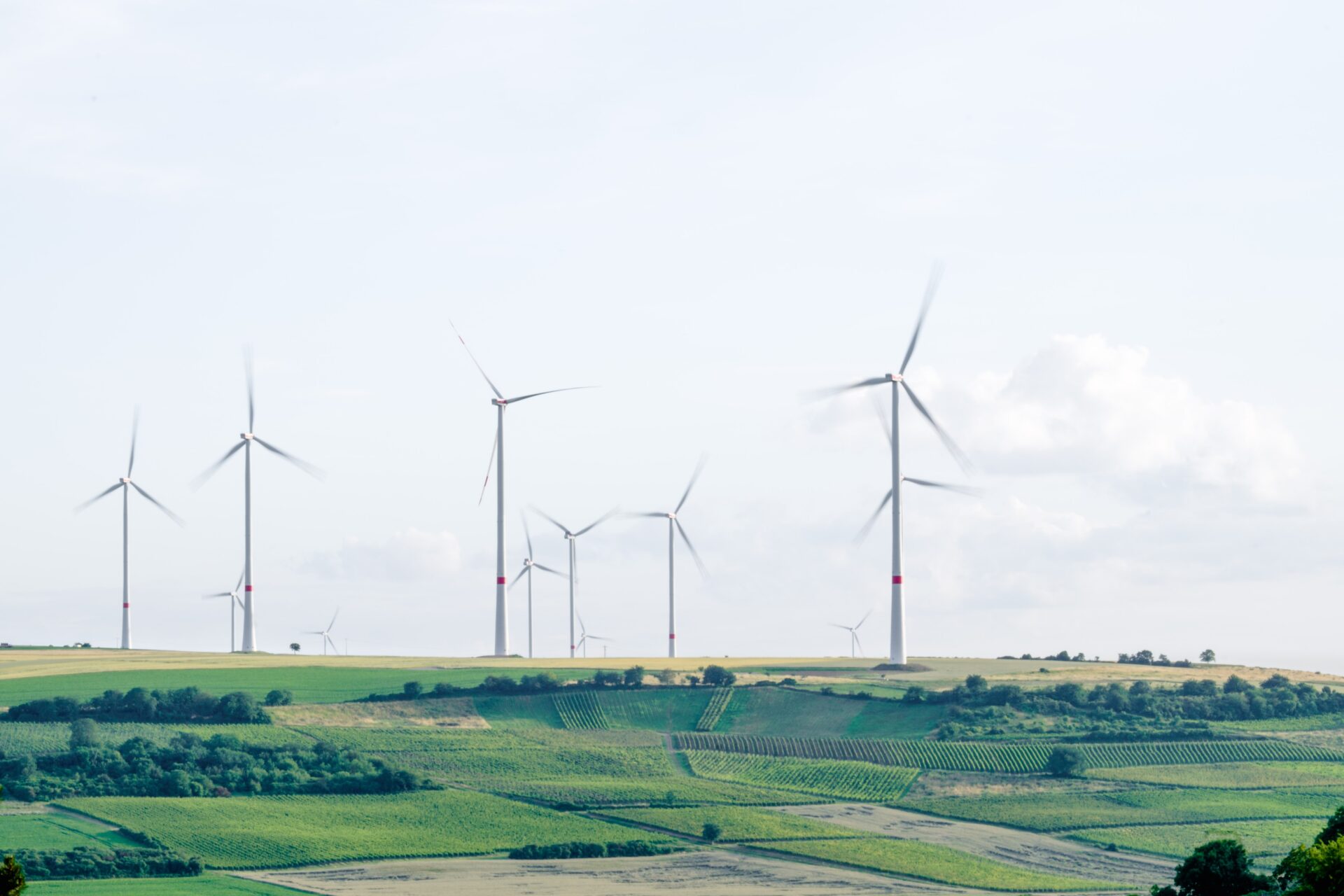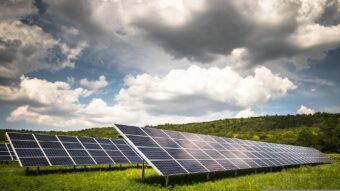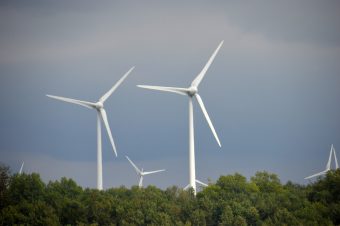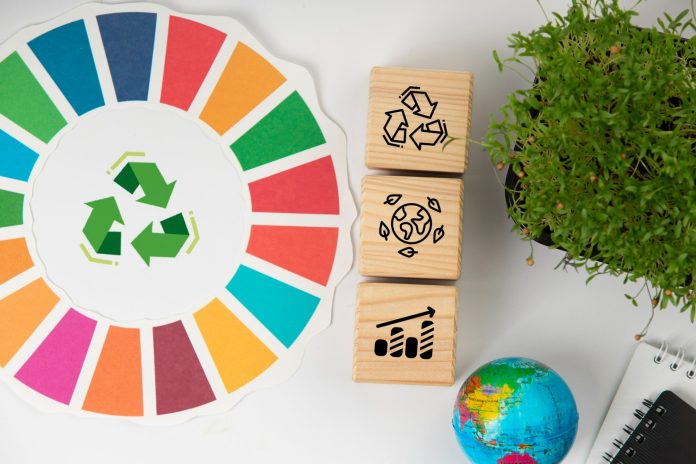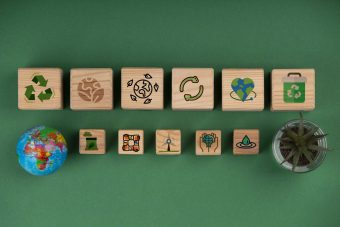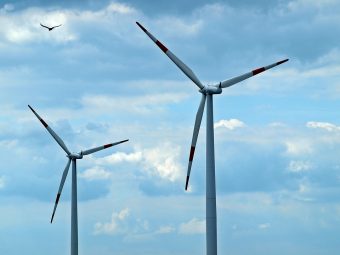
ABB Motion and WindESCo, have signed a strategic partnership, where ABB has acquired a minority stake in the company through its venture capital unit, ABB Technology Ventures (ATV). US-based WindESCo is the leading analytics software provider for improving the performance and reliability of wind turbines. Leveraging WindESCo’ solutions, the investment will strengthen ABB’s position as a key enabler of a low carbon society and its position in the renewable power generation sector. It will allow the company to continuously improve wind turbines’ performance and reliability, offer end-to-end solutions to wind customers and open a new market channel for its digital offering. Financial details of the investment were not disclosed.
ABB is a leading independent supplier of wind converters for medium voltage and low voltage wind turbines. WindESCo has around 25 employees and works with 40 customers on projects in 18 countries. It has developed a market leading OEM agnostic asset performance monitoring software to detect anomalies in wind turbines, propose corrective actions and measure their results. The company has also developed a wake optimization solution that leverages data across a wind plant to optimize plant output. With their combined offering, ABB and WindESCo can now offer a complete solution approach to customers. WindESCo will be able to leverage ABB’s electrical domain expertise to further strengthen its software offering, while ABB closes a gap in its wind portfolio by adding a digital offering to the already digitally enabled wind converters.
More:
- ABB EXPANDS PARTNERSHIP WITH NORTHVOLT TO ELECTRIFY THE WORLD’S LARGEST BATTERY RECYCLING FACILITY
- ABB AND MICROSOFT COLLABORATE TO BRING GENERATIVE AI TO INDUSTRIAL APPLICATIONS
- PRODUCTIVITY AND A SUSTAINABLE FUTURE THE ABB WAY
“This strategic venture capital investment allows us to strengthen our market position supporting the energy transition and continue to shift our portfolio of customer solutions towards renewables and decarbonization. It will complement ABB’s wind portfolio with a strong digital offering by WindESCo, that enables both companies to leverage their strong presence in the growing wind market. This win-win transaction will offer a holistic solution approach to our customer bases, and it will expand the service offering by ABB Motion. We look forward to developing new synergies with the talented team at WindESCo,” commented Chris Poynter, President, System Drives division, ABB Motion.
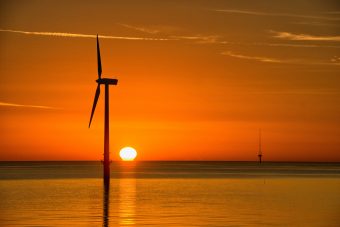
Mo Dua, CEO, and founder of WindESCo, said: “There is tremendous value locked in the wind turbine converter data. While most of the solutions have focused on the mechanical systems, there are no solutions having a meaningful impact on the electrical system. The equity investment by ABB and our technical collaboration will allow WindESCo to expand its offering to the wind turbine electrical system with the goal of being the leading comprehensive asset performance monitoring solution provider for the wind industry. We are glad ABB chose WindESCo as their digitization partner.”
The partnership helps expand ABB’s ecosystem of innovation partners developing solutions that support decarbonization and energy efficiency. Since 2009 ABB has made investments of around 400 million dollars from its capital venture arm that are aligned with its electrification, robotics, automation and motion portfolio.
ABB is a technology leader in electrification and automation, enabling a more sustainable and resource efficient future. The company’s solutions connect engineering know-how and software to optimize how things are manufactured, moved, powered and operated. Building on more than 130 years of excellence, ABB’s ~105,000 employees are committed to driving innovations that accelerate industrial transformation. www.abb.com
WindESCo’s mission is to ensure that every wind turbine produces as much energy as possible, through improved performance, reliability, and/or plant-level control. Maintaining a hyperfocus on wind energy WindESCo is actively addressing the industry’s technical pain points driving an increase in profit margins. The company’s platform is actively optimizing wind plants covering 21 turbine OEMs, 74 turbine models in 18 countries.
Source: ABB

